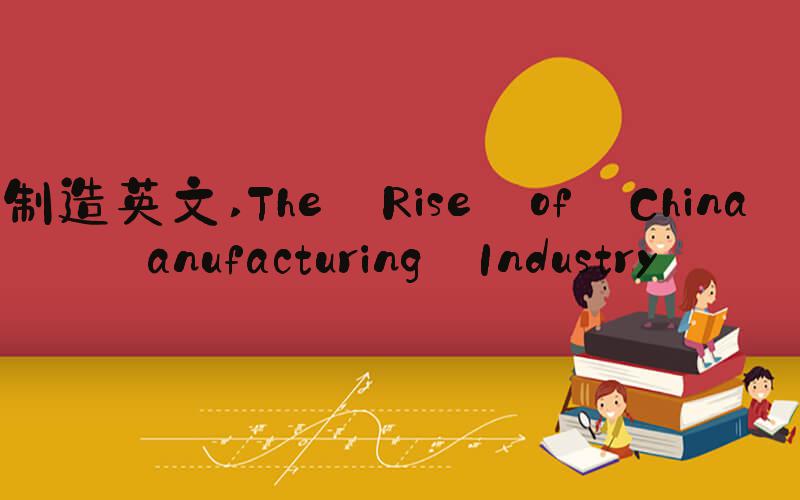 Introduction
Introduction"Made in China" has become a ubiquitous label on products found in stores around the world. China has earned a reputation as an industrial powerhouse, known for its ability to produce goods quickly and inexpensively. However, this reputation has also been accompanied by criticisms of poor quality, labor abuses, and environmental damage. In this article, we will examine the history of China's manufacturing industry, the challenges it faces, and the steps being taken to improve its image.
The Rise of China's Manufacturing IndustryChina's manufacturing industry began to take off in the late 1970s, after the country began to open up to foreign investment. By the 1990s, China had become the world's largest manufacturer, producing a variety of goods including textiles, electronics, and machinery. China's ability to produce goods at low cost made it an attractive destination for companies looking to reduce production costs and increase profits. This led to a surge in foreign investment, particularly from American and European companies.
The Challenges of China's Manufacturing IndustryWhile China's manufacturing industry has experienced unprecedented growth, it has also faced significant challenges. One of the main challenges has been quality control. Many products manufactured in China have been found to be of poor quality, leading to product recalls and damaged reputations for companies. Another challenge has been labor abuses, such as the use of child labor and forced labor in some factories. Additionally, concerns have been raised about the environmental impact of China's manufacturing industry, with some areas experiencing severe pollution and environmental degradation.
Steps Being Taken to Improve China's Manufacturing IndustryIn recent years, China has taken steps to address the challenges facing its manufacturing industry. One important step has been the implementation of stricter quality control standards. Chinese manufacturers are now required to meet higher standards to ensure product safety and quality. Additionally, Chinese authorities have been cracking down on labor abuses in factories, with some companies facing penalties for violations. Finally, the Chinese government has recognized the need to address environmental concerns and has launched several initiatives aimed at reducing pollution and promoting sustainable growth.
Conclusion"Made in China" may be a common label in stores around the world, but China's manufacturing industry has faced significant challenges in maintaining a reputation for quality and ethical production. While there is still work to be done to address concerns about quality control, labor abuses, and environmental impact, China has begun to take steps to improve its manufacturing industry. As China continues to play an important role in the global economy, it is important to ensure that its manufacturing industry operates in a responsible and sustainable manner.
